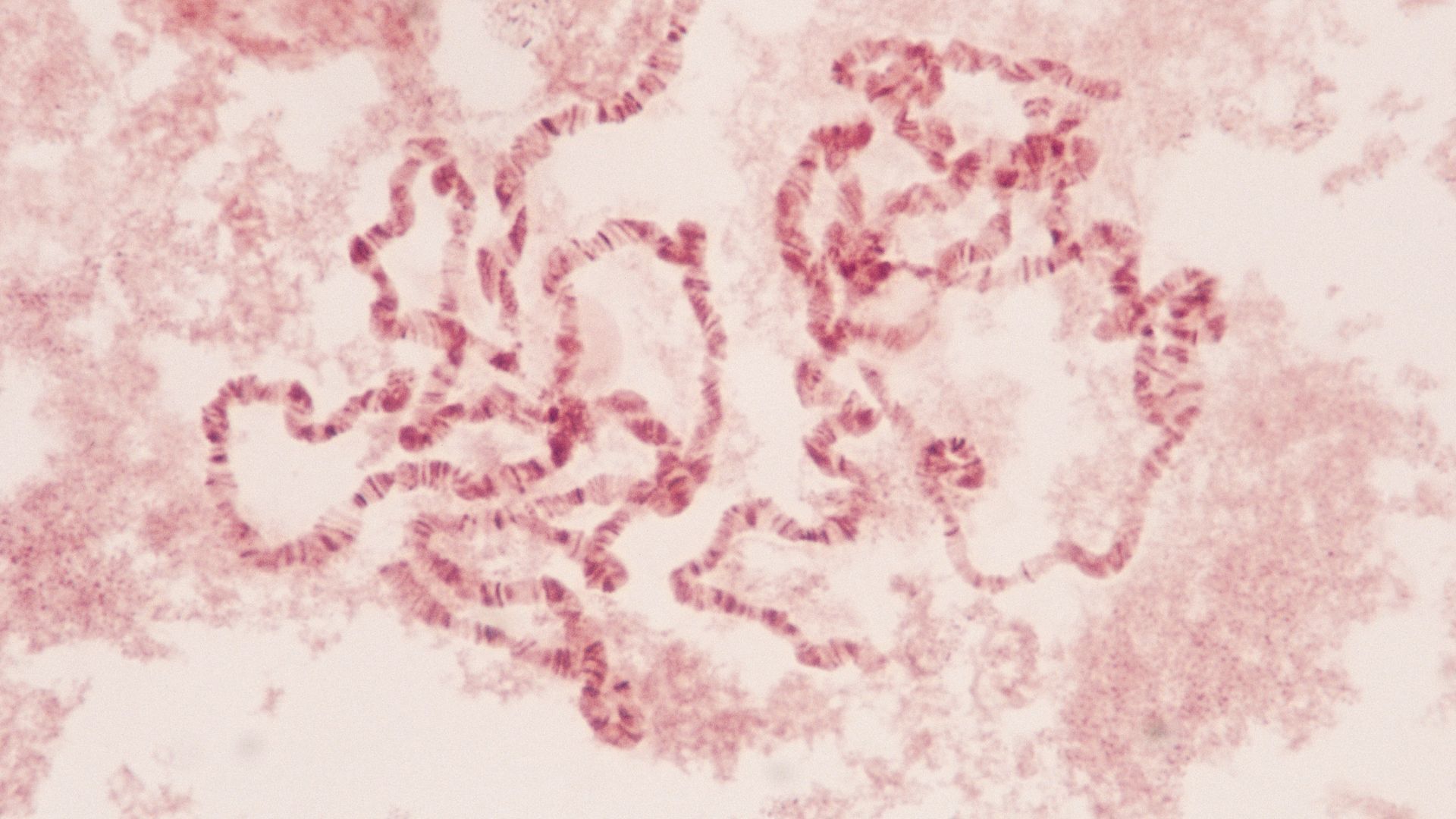Understanding Preimplantation Genetic Testing (PGT)

In short, Preimplantation genetic testing (PGT) is a sophisticated screening test that can be performed on embryos created via in vitro fertilization (IVF) to genetically analyze the embryos to identify genetic defects prior to transfer. This helps ensure that only embryos free from specific genetic conditions or chromosomal abnormalities are selected for transfer to the uterus.
PGT can be conducted for several critical reasons. First, it helps couples with a history of genetic disorders to prevent passing these conditions on to their children. This is particularly valuable for families known to carry hereditary diseases such as for example cystic fibrosis or Huntington’s disease. Second, by selecting embryos that are free from genetic issues, PGT can enhance the success rates of IVF procedures and increase the likelihood of a healthy pregnancy.
The process of PGT involves several steps. Initially, oocytes (developing eggs) are retrieved from the woman's ovaries and fertilized with sperm in a laboratory setting to create embryos. The embryos are monitored until day 5 or 6 of embryo development when they are referred to as blastocysts. Then a few cells are meticulously extracted from each embryo in a procedure known as an embryo biopsy. These cells are then subjected to genetic testing in a lab to identify any abnormalities or specific genetic conditions. Based on the results, embryos that are deemed healthy and free from detected genetic issues are selected for transfer to the uterus.
What types of PGT exist?
There are three main types of PGT, each serving a different purpose:
• PGT-A (Aneuploidy Screening): PGT-A detects embryos with abnormal numbers of chromosomes (aneuploidy), which can cause conditions like Down syndrome, miscarriage, or failed implantation.
• PGT-M (Monogenic/Single Gene Defects): PGT-M identifies embryos with specific genetic mutations known to cause monogenic disorders, such as cystic fibrosis or Huntington's disease. PGT-M can be used to avoid passing on a known genetic disease to offspring.
• PGT-SR (Structural Rearrangements): PGT-SR detects chromosomal structural abnormalities, such as translocations, deletions, duplications or inversions which can lead to disorders, disabilities or repeated miscarriages.
Why is PGT helpful?
PGT can provide crucial information about embryos, enabling individuals and couples to make informed decisions regarding their reproductive health. Firstly, it significantly reduces the risk of genetic diseases, ensuring that children are born free from certain hereditary conditions. Secondly, one of the most common reasons that an embryo transfer does not result in a pregnancy is due to abnormal embryo genetics. PGT can boost the success rates as it ensures that the embryo selected for transfer has the correct number of chromosomes, thereby reducing the chances for a failed IVF cycle and reducing the chance of miscarriage.
However, there are also considerations and risks associated with PGT. PGT is subject to a wide array of regulatory approaches, which vary significantly by country. The use of PGT for non-medical reasons, such as gender selection, raises ethical concerns and continues to be a subject of debate. Moreover, while PGT is highly accurate, no test is perfect and there is a small risk of misdiagnosis or harm to the embryo during the biopsy process. Additionally, PGT can be quite expensive.
Who are good candidates for PGT?
• Couples who are at risk of having a child affected with an inherited genetic disease
• Women over age 38 (due to higher risk of abnormal embryo genetics with normal reproductive aging)
• History of recurrent miscarriages due to chromosomal abnormalities
In conclusion, Preimplantation Genetic Testing (PGT) can be a powerful and valuable tool that can help couples achieve healthy pregnancies and avoid genetic diseases. If you are considering PGT, it is essential to consult with a fertility specialist to explore the best options for your specific circumstances. Please note that in several European countries, Preimplantation Genetic Testing (PGT) is only permitted if there is a high risk of a serious hereditary disease or a high risk of harm to the child that would most likely result in stillbirth.
You can use Bumpy’s clinic search tool to easily find fertility clinics across Europe that can offer Preimplantation Genetic Testing for aneuploidies (PGT-A) to all by selecting the tag PGT under Treatment & Focus.
Take me to the free clinic search tool!

Article by
Andrea Olsson
Co-founder of Bumpy
Other Articles

Samantha's Story
I knew from the start that it was hard to conceive a child of our own with my partner. As a child he... Read article

Male factor infertility
The definition of male factor infertility is when the cause of infertility within a couple is becaus... Read article

Endometriosis
The European Society of Human Reproduction and Embryology (ESHRE) has recently released an updated g... Read article
.jpg?alt=media&token=912e3772-6724-4c20-a29e-201478dda308)
Intrauterine Insemination
Intrauterine insemination (IUI), also called artificial insemination (AI), is a type of fertility tr... Read article

Jessica Olers's Story
Sometimes it doesn't turn out as planned. Ever since I was little, I have dreamed of a big family wi... Read article

Jessica’s Story
I have been pregnant three times. Or actually while writing this story, I am pregnant. But I don't f... Read article

Klara’s Story
Our infertility journey started two years ago. The process has not at all been what we expected and ... Read article
.jpg?alt=media&token=fc32a2e6-a127-4170-b5fb-b9338770ed1a)
The effects of Vitamin D on fertility
Vitamin D is a vitamin synthesized in the skin through sun exposure (UVB radiation). Moreover, vitam... Read article

Veronica’s Story
To make babies. Nowadays that phrase has a completely different meaning.In february 2019 we decided ... Read article

Tova’s Story
This is #mybumpystory - an emotional rollercoaster with repeated miscarriages and hopefully soon a b... Read article